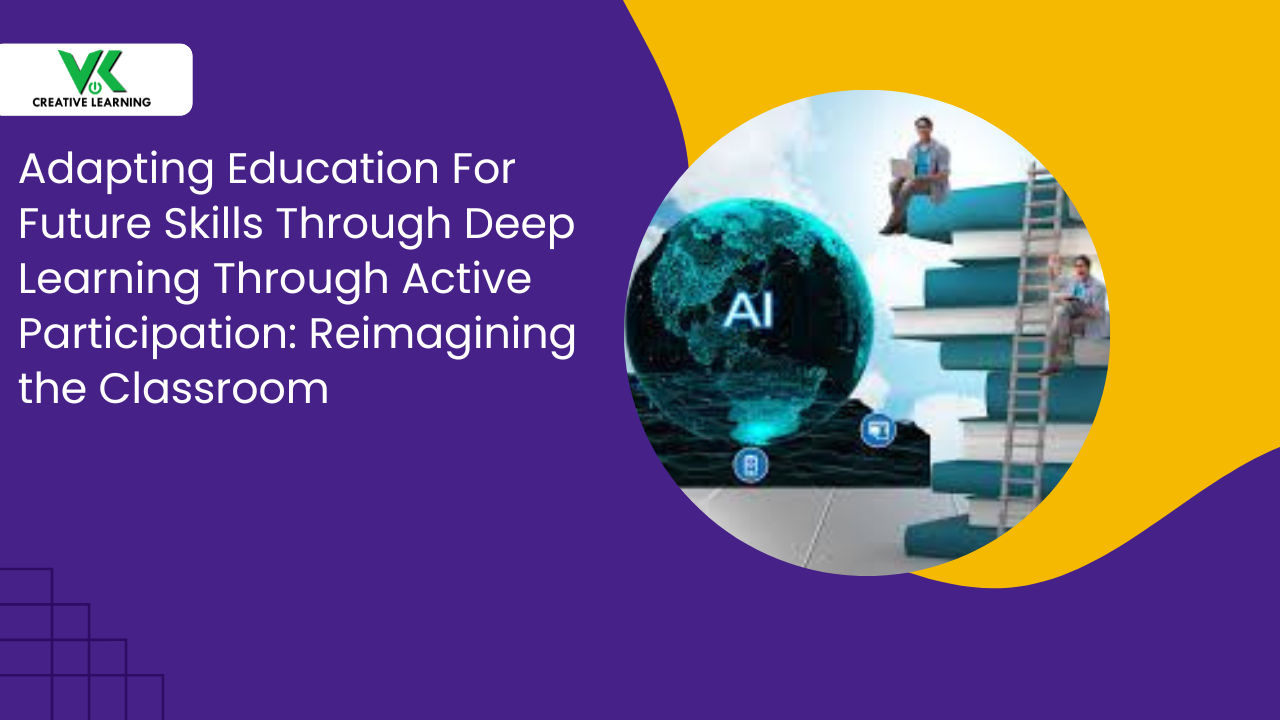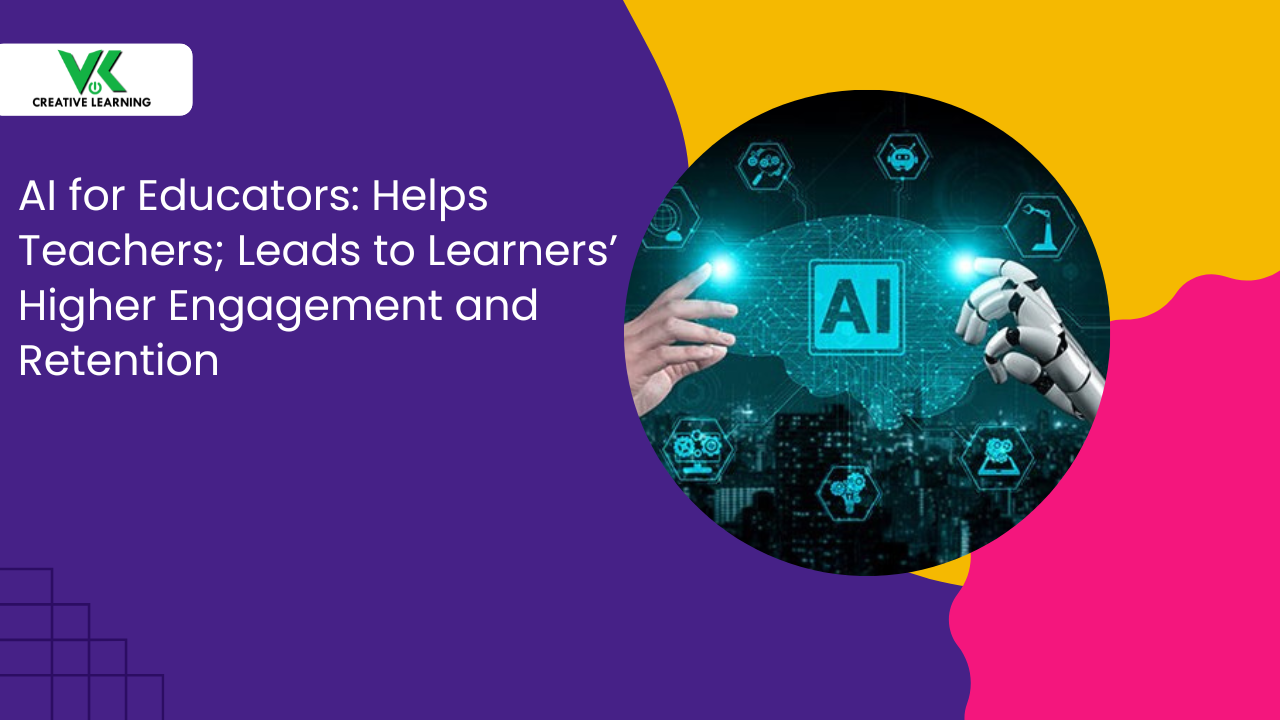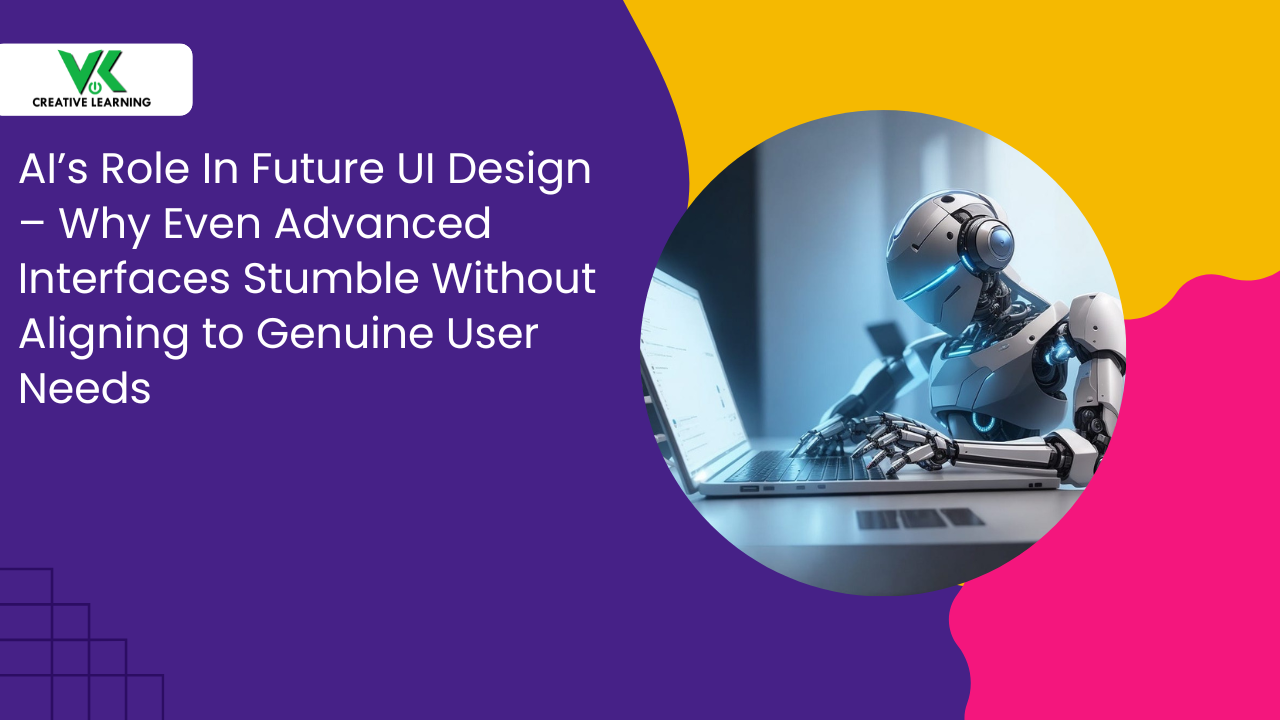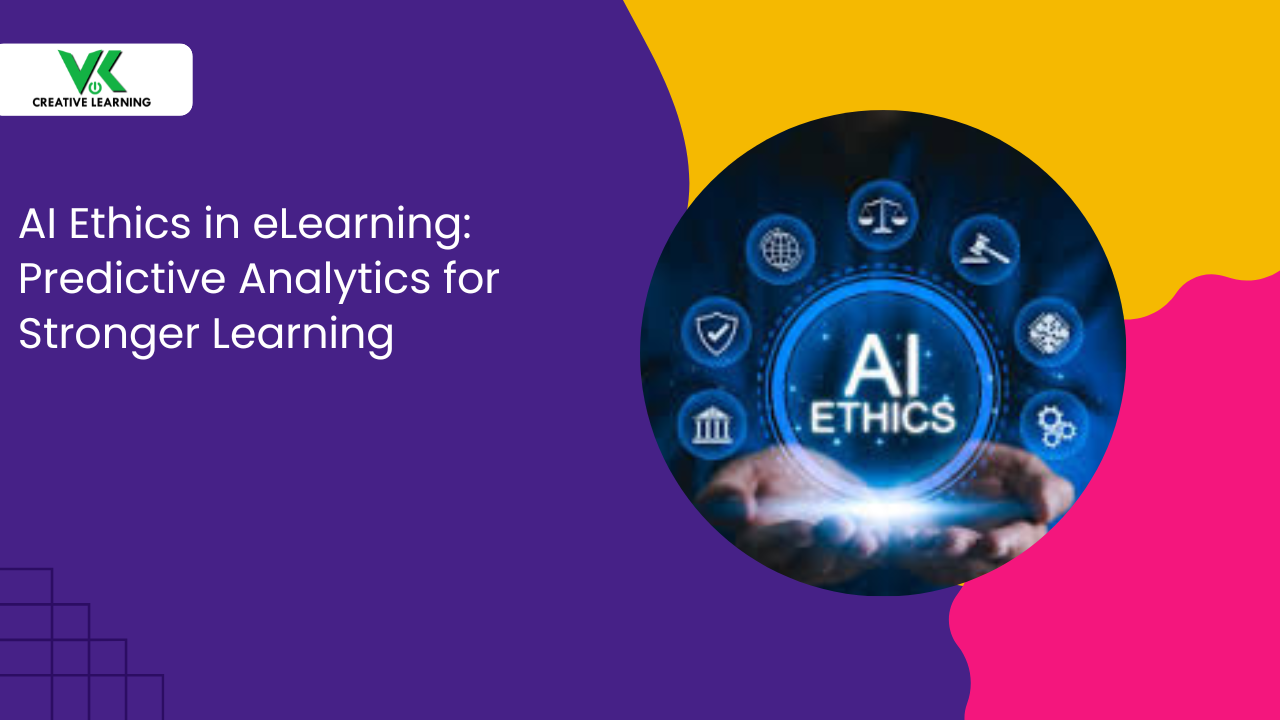Why Integrate Microlearning in Digital Content and Its Hidden Benefits -- A Detailed Analysis
April 12, 2025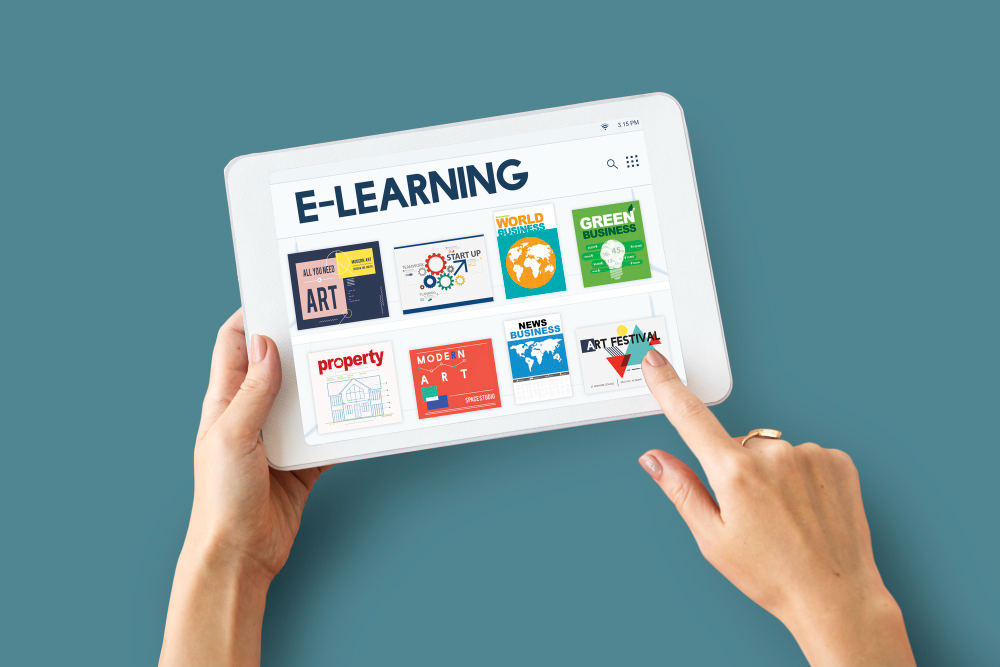
Be it education or a firm’s training, there exist challenges. These are in the form of absorption of knowledge for learners. The difficulty in understanding can be overcome with microlearning methodologies.
Microlearning involves chopping down big content or complex information into small modules. Also, simple language is used, and video explanations are about 5 to 10 minutes (depending upon requirements).
So learners have to go through small mobile lessons, brief educational modules, and quick tutorials on some topic. This is less time-consuming, and learners can check out the content as when they like.
This is also a solution for people dealing with diminishing attention spans. We will discuss about it later in detail in the subsequent section.
In such cases, interactive mobile apps, pop quizzes, and micro-videos come in handy. Besides, it helps to captivate the attention of learners belonging to diverse learning categories. These learners are visual thinkers, auditory processors, and kinesthetic learners.
Additionally, digital flashcards and bite?sized exercises are used.
Importantly, microlearning units score over traditional learning methods. Reason: they have lengthy lectures, static slides, and heavy textbooks. These materials may sometimes cause cognitive overload among learners. The primary reasons are: complex diagrams, extensive notes, and overloaded concepts within a page.
Also, with changing technologies at a fast rate, educational systems and training in companies may face upskilling hurdles. However, rather than looking at these technologies as barriers, they have to be seen as a boon.
This is because tech such as virtual reality, adaptive software, and cloud platforms can be incorporated within digital content. Their incorporation would help to make microlearning modules better and easier for employees to understand.
Also, modern online courses demand agile approaches (e.g., responsive websites, interactive timelines, dynamic simulations).
Additionally, it requires regular updating of content continually. That is: real?time feeds, security updates, and bug fixes).
The integration of microlearning in e-learning becomes possible through e-learning development companies. Based on an institute, school, or company’s requirements, the methodology of microlearning for employees is decided.
Table Of Contents:
Problems Associated With Knowledge Absorption – How Does Microlearning Help?
- Short Attention Spans
- Learning Fatigue
- Information Overload
- Adapting to Technological Innovations
- Customization and Personalization in Learning
Benefits of Incorporating Microlearning in a Virtual Learning Environment
- Retention
- Performance
- Streamlined Workflow
- Cost
- Accessibility
- Interactivity
Problems Associated With Knowledge Absorption – How Does Microlearning Help?
Short Attention Spans
Learners may show a lack of enthusiasm in gaining an in-depth level of understanding owing to reduced focus spans.
Importantly, overextended sessions can also lead to disengagement (due to lengthy webinars, protracted classes, and heavy texts). Hence, the incorporation of microlearning (flash lessons, condensed modules, and short exercises) will be useful.
This microlearning benefits brings in a required reform with interactive modules and targeted drills.
This may come in handy, especially while providing complex knowledge (e.g., rapid summaries, brief demonstrations, and focused snippets).
Also, it aids in reenergizing interest with elements such as mini-games, focused reviews, and rapid feedback.
Learning Fatigue
Implementation of microlearning for employees would help to avoid fatigue. This will be in the form of short assignments, rapid sessions, and quick challenges.
Owing to its modernized, short study routines with digestible content, learners can go through the modules anytime, from anywhere.
This would include no distraction aspects -- mobile notifications, snippet-based learning, and quick tips. This also leads to motivation among learners as they get timely reminders, short quizzes, and flash review cards.
Additionally, social media alerts, email pings, and multitasking environments are part of microlearning-based e-learning.
Also, institutions can incorporate microlearning (brief videos) to address the training of hectic sales employees.
In fact, for them, the utilization of microlearning means rapid tutorials, concise guides, and targeted outlines. This can be followed by short recaps and focused discussions -- cognitive refreshment.
Information Overloaded
To avoid information overload, microlearning benefits offers micro courses with only essential information. That is, summary charts, short clips, and rapid polls. This again can be useful for employees with a busy timeline.
Similarly, for students, there can be quick workshops, focused labs, and succinct briefings.
Adapting to Technological Innovations
Technology has been evolving and changing at a fast rate. Thus, conventional training may not be able to deliver the required comprehensive explanation of concepts.
In such cases, microlearning in e-learning turns out to be a better solution to overcome traditional content delivery limitations. That is, outdated curricula, static presentations, fixed textbooks.
Also, microlearning would make the best companion for digital content when multiple technologies are best used.
In fact, e-learning platforms can offer mobile app-based lessons or quick tutorials within interactive platforms, online libraries, and multimedia resources.
This would allow adaptation as per learners’ needs (e.g., smart dashboards, automated feedback, and responsive interfaces).
Further, new smart technology can be used to provide AI-based microlearning units in mobile apps and to store information in cloud services.
Also, the incorporation of microlearning in the form of digital infographics and concise modules can be provided. Additionally, knowledge delivery (e.g., rapid updates, live sessions, interactive exercises) becomes possible.
Also, the shifting of pedagogical models pivots swiftly as digital transformation takes place. Thus, online simulations, virtual labs, and interactive e-books supporting microlearning elements can be created.
With these, knowledge acquisition becomes easy. Especially when focused presentations (3D animated explainers) and brief tutorials are utilized.
Besides, precisely curated 2D animation videos (for visual memory triggers) can be created. These types of microlearning modules can be used to meet the needs of learners.
Interestingly, personalized study paths can be carved out (e.g., adaptive recommendations, custom dashboards, tailored quizzes).
Beyond this, the use of technologies ca be used in educational strategies such as combining digital tools. These can be interactive maps, e-resources, or virtual platforms in quick guides that can create engaging experiences.
Additionally, interactive polls, dynamic case studies, and immersive demos can be integrated into microlearning modules.
All in all, technological innovations can drive microlearning for employees as a solution (e.g., rapid prototyping, agile testing, iterative feedback).
Customization and Personalization in Learning
Adaptive learning strategies involve adjustments to suit learners’ learning styles and pace. Thus, personalization in the form of microlearning modules with modifications enhances students’ understanding.
In other words, it encompasses adaptive learning, personalized adjustments, and custom calibrations in microlearning modules for learners.
Additionally, for varied learning styles, multimedia resources, including 2D animation video clips and audio snippets, can be employed.
On completion of microlearning modules, academic milestones and achievement badges can be awarded.
These units can be utilized for career readiness, simulating workplace scenarios, and preparing employees for interview practices.
Also, microlearning modules are created to sync in with emerging future trends (AI integration, real-time analytics). Also, new approaches (gamified lessons, scenario-based learning, and interactive storytelling) are employed within the learning materials. This helps to keep curricula relevant -- learning never stands still.
Benefits of Incorporating Microlearning in a Virtual Learning Environment
Retention:
When brief interactive lessons in the form of microlearning are introduced, the outcome is improved retention. Also, in such cases, periodic flashcards, quick review sessions, and focused recaps can be used for revision purposes.
In other words, when information is presented in an easily digestible format, learners can piece together various concepts. These formats can be modular infographics, segmented video tips, and rapid quizzes.
Performance
Microlearning benefits are immense when modules have immediate test feedback, agile progress checks, and focused micro drills. In fact, the incorporation of targeted content ( segmented lessons on some topics) supports skill acquisition in a swift manner.
Further, the use of flash simulations, focused role plays, and agile problem-solving can help the cause. The best aspect of using such techniques is that they facilitate continuous reinforcement (repeated practice, structured revision, and spaced repetition).
Along with them, even periodic micro assessments, quick recap cards, and targeted feedback loops can be employed.
This enhances learning and leads to the retaining of concepts for a long time.
Methodologies in microlearning lessons, such as adaptive revision sessions, segmented content updates, and rapid concept checks, further prove helpful.
This also does not overwhelm the learners as they have to go through short quizzes and module reviews.
Streamlined Workflow
Microlearning in e-learning plays a major role in bringing up streamlined workflows (coherent training paths and well-paced lessons). This means systematic and simplified operations (fluid knowledge flow, logically sequenced tasks) across academic departments.
Cost
Since physical infrastructure and energy expenses are not needed on a large scale, cost saving becomes possible.
Accessibility
With microlearning being small chapters (meaning small data size), it means learners in any part of the globe can access it easily.
Interactivity
Microlearning for learners has segmented content with interactive animations and simulations, which results in improved engagement.
Conclusion
Companies incorporating microlearning-based e-learning solutions can benefit a lot in terms of quick employee upskilling and cost saving.
For the same, they can approach VK Creative Learning (VKCL), a well-acclaimed company in the e-learning domain. Importantly, they develop e-learning platforms based on the specified guidelines of the clients.
Their unique methodologies and proven expertise create measurable training improvements. Also, they deliver effective digital learning outcomes in competitive markets.
